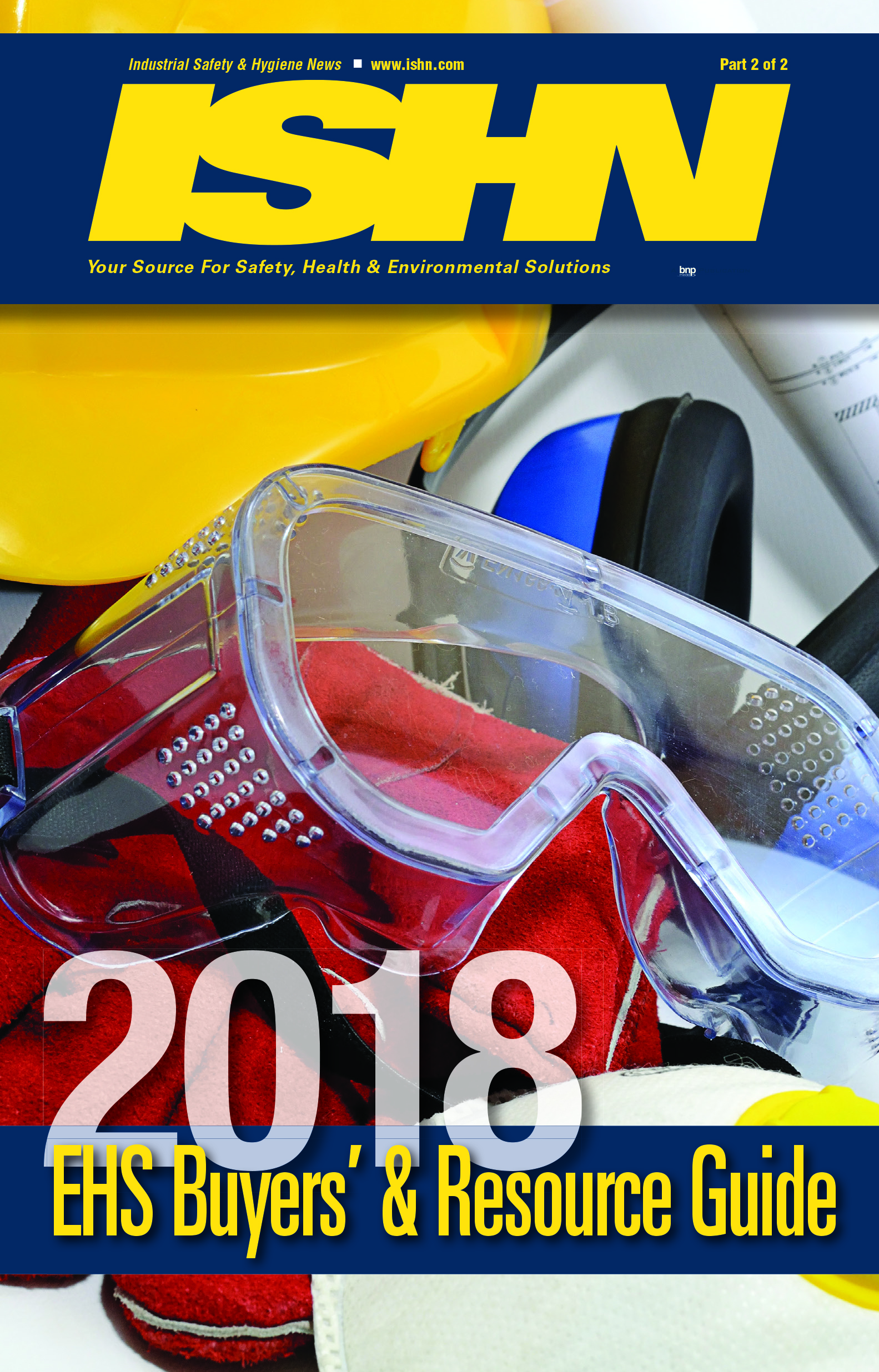A presentation on the Value Strategy was the highlight of the Tuesday plenary session at this year’s American Industrial Hygiene Conference and Exposition. More than 400 people at the June conference attended two follow-up presentations.
AIHA decided to fund an ambitious research project, the “Value of the Industrial Hygiene Profession Study,” that produced the Value Strategy several years ago, back when Tom Grumbles was the association’s president. “In all companies everyone is competing for resources, and the traditional driver for the IH profession — compliance — is diminishing,” Grumbles explains. “So we need a new model, a new way to demonstrate our value to those outside the profession. This is critical to the future of the profession.”
What sets the strategy apart?
Elyce Anne Biddle, Ph.D., a senior research economist at NIOSH, is in a good position to know what distinguishes the AIHA/ORC Value Strategy from other work in the field. Before joining a five-member interdisciplinary team of ORC Worldwide consultants to complete the Value Study for AIHA, Biddle organized a 2004 NIOSH conference entitled, “Economic Evaluation of OSH Interventions at the Company Level.”After the conference, Biddle concluded that what was needed was a universal, one-size-fits-all model that would demonstrate the value of safety and health investments. A successful new model would have to satisfy four criteria, meeting the needs of large corporations, small businesses and developing nations, while conforming to accepted economic theory.
The new Value Strategy meets most of these criteria, says Biddle. (Because developing nations use different accounting systems, she believes further testing in that area is needed.) Along with the eight-point Strategy, the Value Study produced a number of case studies illustrating essential contributions to business value that are rarely associated with industrial hygiene.
Biddle says that what makes this model different is that it places value on very specific functions of the industrial hygienist. Another unique strength of the Value Strategy is it captures both financial and non-financial measures of value in one model. Financial measures, such as return on investment and net present value, allow IHs to speak with the chief financial officers at their organizations. Non-financial measures, such as contributions to business objectives, are the language of the CEO.
The strategy demonstrates that IH investments bring tangible results in a number of different areas of the business process, such as:
- Faster time to market;
- Improved operational efficiency;
- Improved employee morale;
- Decreased employee absenteeism and turnover;
- Higher quality;
- Increased market share.

The Value Strategy gives IHs new boardroom ammo.
Moving up the hierarchy
Most IHs think the higher up you move on the hierarchy of controls, the harder it is to sell to upper management. The Value Study demonstrates with many case studies that as one selects hazard control measures higher in the IH hierarchy of controls, business value increased.If elimination of the hazard is not feasible, changing the process to require a less hazardous material also leads to significant cost savings, according to the Value Study. In case after case, the Value Study found that using engineering controls provided greater economic benefit than personal protective equipment or work practice controls.
The Value Study also shifts paradigms in terms of how IHs perceive their contributions, according to Michael Brandt, vice president of AIHA and technical chief of staff at Los Alamos National Laboratory. Traditionally, IHs and other EHS professionals saw their value primarily in terms of how much they could save on direct costs, such as workers’ compensation premiums. It never occurred to most professionals that instead of only reducing costs, they could actually generate revenue.
Having IHs participate in strategic business teams, optimizing process designs, allows them to solve problems other professionals cannot. For example, when designing a new factory, an IH may see a flaw in the design that can create a hazard. Correcting the hazard at the design phase can save the company lots of money. By focusing on reengineering business processes, IHs can improve output. The findings of the Value Study demonstrate that the IH is a business partner, enabler, and problem solver with a unique set of skills.
No more excuses
The most important outcome of the Value Study is the 8-step Value Strategy. Complete information on the study and the 8-step Value Strategy is available free from either the AIHA or ORC Web sites. Go to:http://orc-dc.com/AIHA_Project/Index.htmorhttp://www.aiha.org/votp/AIHA_2.html.In time, the Value Study will be adapted so safety professionals can use it, too. In addition, ORC expects to release a set of tools by the fall that will make it easier for IH professionals to use the eight-step process. But transforming the IH profession will take more than new tools and models. Dee Woodhull, CIH, CSP, an ORC consultant with over 20 years of experience in the IH industry, points out that for the Value Strategy to be effective, IHs must change their traditional way of thinking. “IHs have not attempted to link their activities to the larger business goals of the organization,” she says. “This project gives them the tools to do so, but to be effective they have to alter the way they think about their work in relation to their organizations.”
Says ORC consultant Steve Newell, Esq., “With this tool, there’s no excuse anymore for you not to get out there and compete for resources.”
ORC Worldwide is an international management and human resources consulting firm. Its occupational safety, health and environmental offices in Washington and Sacramento, Calif., consult on technical compliance and regulatory/policy issues. ORC’s meeting groups and network members share best practices and benchmarking information during their meeting cycles and through informal surveys requested by members. ORC Worldwide can be contacted at (202) 293-2980; orcdc.staff@orcww.com; its Web site is www.orc-dc.com.
